
|
With Clare Traveling Pandaland ...
Tengchong, Yunnan Province: A Visitor's Guide
Tengchong, located in the western part of Yunnan Province near the border with Myanmar, is a gem of natural beauty, rich history, and unique culture. Known for its volcanic landscapes, hot springs, and historical significance, it offers a mix of relaxation, adventure, and cultural exploration.
How to Get There
By Air: Tengchong Tuofeng Airport connects the city to major Chinese cities like Kunming and Chengdu.
By Road: A scenic drive from Kunming takes around 8–10 hours by car or bus, passing through the mountainous Yunnan terrain.
Top Attractions
1. Rehai Hot Springs
Why Visit: Known as "Hot Sea," this geothermal area has over 80 hot spring pools, each with unique properties. Some are perfect for a relaxing soak, while others are too hot and are used for steaming food or traditional therapies.
Don’t Miss: Try the therapeutic spa treatments or soak in an outdoor pool surrounded by lush greenery.
2. Tengchong Volcanic Geothermal National Park
Highlights: Home to dormant volcanic craters and lava fields, this park offers hiking trails with breathtaking views.
Activities: Climb up volcanoes like Dakongshan (Large Empty Mountain) for panoramic views, or explore the Lava Stone Forest.
3. Heshun Ancient Town
Why Visit: A quaint town filled with cobbled streets, traditional Yunnan-style homes, and a rich history of overseas Chinese who returned home.
Must-See: Visit the Heshun Library, one of the oldest private libraries in China, and explore the charming teahouses and ancestral halls.
4. Beihai Wetlands
Overview: This serene area features floating meadows and diverse bird species.
Activities: Take a boat ride through the wetlands or enjoy bird-watching during migratory seasons.
5. Yunfeng Mountain
Why Visit: A sacred Taoist site with an ancient temple at its peak.
What to Do: Hike or take a cable car up the mountain, then enjoy stunning views of the surrounding countryside.
6. Dianmian Anti-Japanese War Memorial
Historical Importance: Tengchong was a key battleground during WWII. This memorial honors the local and international soldiers who fought against Japanese forces.
What to See: Artifacts, photographs, and the reconstructed battle sites.
Cultural Highlights
Traditional Crafts: Tengchong is famous for its jade carving. Visit local workshops to see artisans at work or purchase unique jade jewelry.
Ethnic Diversity: Experience the culture of the Bai, Dai, and Lisu ethnic groups through their festivals, dances, and cuisines.
Local Cuisine
Signature Dishes:
Guoqiao Mixian (Crossing-the-Bridge Noodles): A flavorful noodle soup with a variety of toppings.
Bamboo Rice: Sticky rice cooked in bamboo tubes.
Tengchong Fried Pork: Crispy pork stir-fried with local spices.
Mushroom Hotpot: A must-try with Yunnan’s diverse range of wild mushrooms.
Snacks: Don’t miss the fengmi baba (honey glutinous rice cake) or fried potato balls.
Best Time to Visit
Spring and Autumn (March–May, September–November): These seasons offer mild weather and clear skies, perfect for outdoor exploration.
Winter (December–February): Ideal for enjoying the hot springs, though mornings and evenings can be chilly.
Shopping
Jade and Gemstones: Tengchong is renowned for its high-quality jade. Look for authentic pieces in certified stores.
Local Handicrafts: Embroidered textiles, wooden carvings, and bamboo products make great souvenirs.
Tea: Yunnan is known for its Pu’er and black teas, widely available in Tengchong.
Practical Tips
Language: Mandarin is widely spoken, though some locals speak Yunnan dialects. Learn a few basic phrases for ease of communication.
Currency: Bring enough cash, as rural areas may not accept cards or digital payments.
Transportation: Rent a bicycle or use tuk-tuks to explore small towns like Heshun.
Clothing: Pack layers, as temperatures can fluctuate between day and night, especially in the mountains.
Day Trips
Ruili: A bustling border town with vibrant markets and a mix of Chinese and Burmese cultures.
Myanmar Border: Visit the border towns to experience the unique blend of Chinese and Burmese influences.
Tengchong is a destination that beautifully combines natural wonders, cultural depth, and historical significance, offering something for every traveler.
|



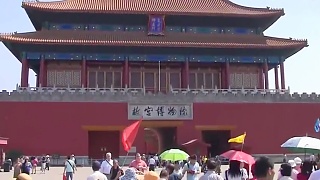
 Scenes from the show ‘Dynamic YunNan’
Scenes from the show ‘Dynamic YunNan’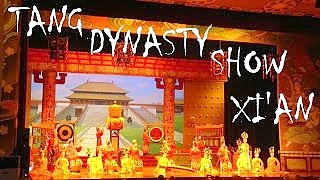







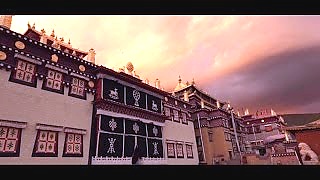

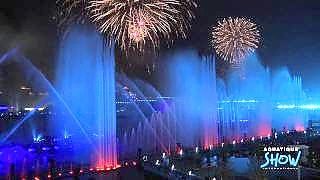
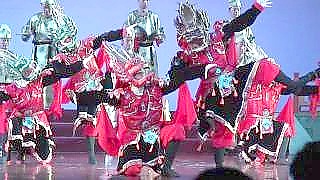
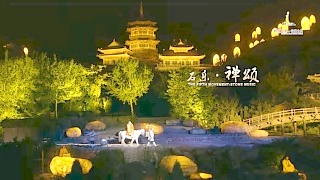
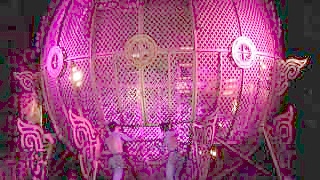

![A great film of the Great Wall north of Beijing, including `wild wall`, accompanied by great music (踏古 (Ta Gu) by Lin Hai, `Walking into Ancientry`, with Chinese lute (pipa)). We [mum, dad - videographer - and son and daughter, from Singapore] hiked 3 sections of the Great Wall in winter, without any guides after studying blogs and posts by fellow hikers. All these sections are different. From the unrestored GuBeiKou Great Wall where we were the only people around, to the wonderful JinShanLing, where the climb is steep and every direction gives you good photo opportunities, to the restored MuTianYu where we hiked in heavy snowfall. We stayed at local farmhouses on both nights, dined with the locals and hitched rides to nearby bath-houses. Temperature ranged from -5 deg C (day) to -12 deg C (night). Winter daybreak is at 7am and the sky becomes dark by 5pm so one has only 10 hours of daylight, so plan your travelling and hiking schedules carefully. This once-in-a-lifetime experience was captured on video and we would like to share it with you. The feelings just can`t be described - you need to experience it first hand. Take only memories, leave only footprints and kindness ... A wonderful animation combining traditional Chinese painting and dance - don`t miss it ! 踏古-林海 作曲:林海 视频作者:中国传媒大学动画学院 Hiking the Great Wall 长城 of China in the snow](https://www.beijingbuzzz.com/b183.jpg)


